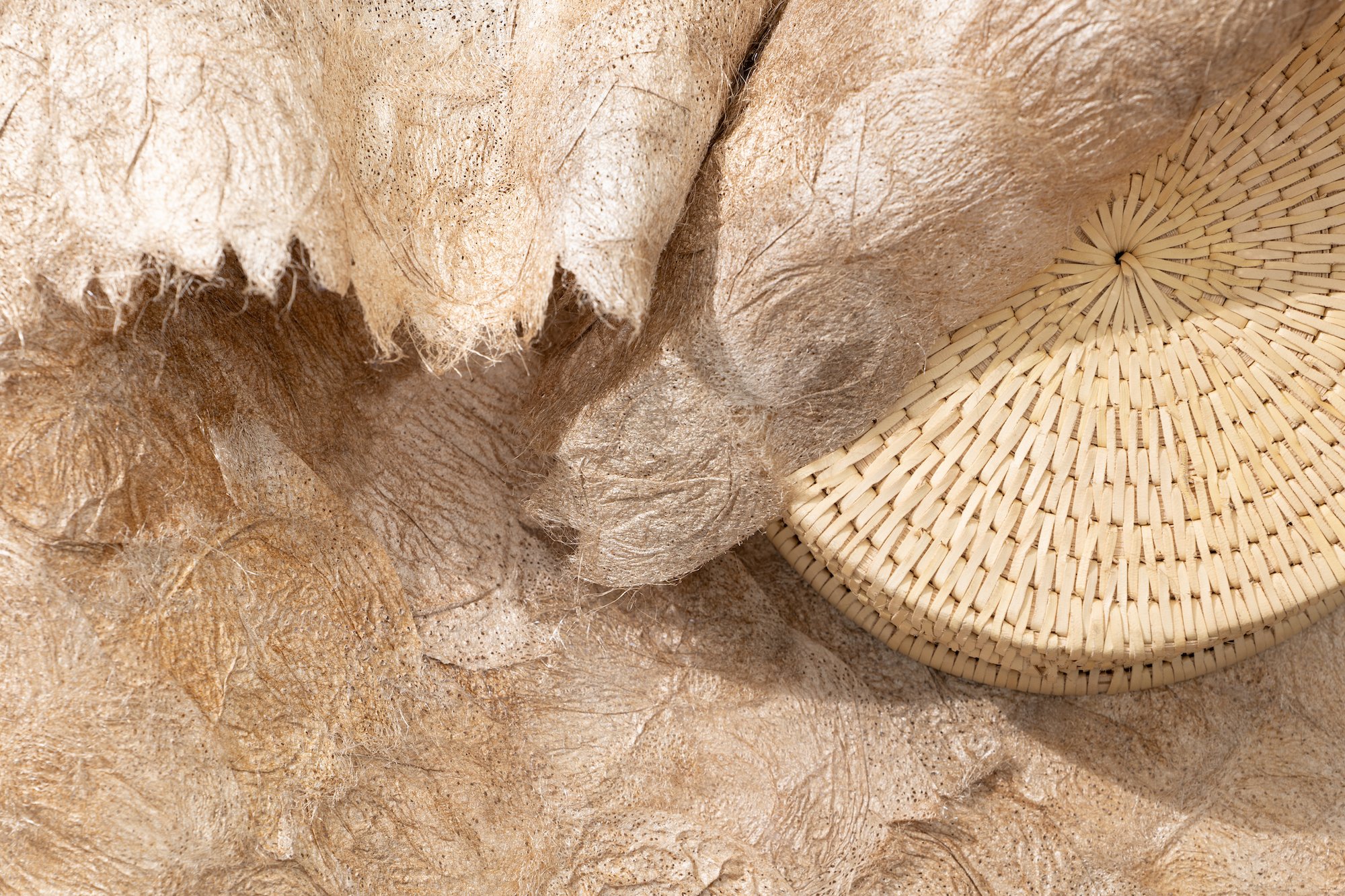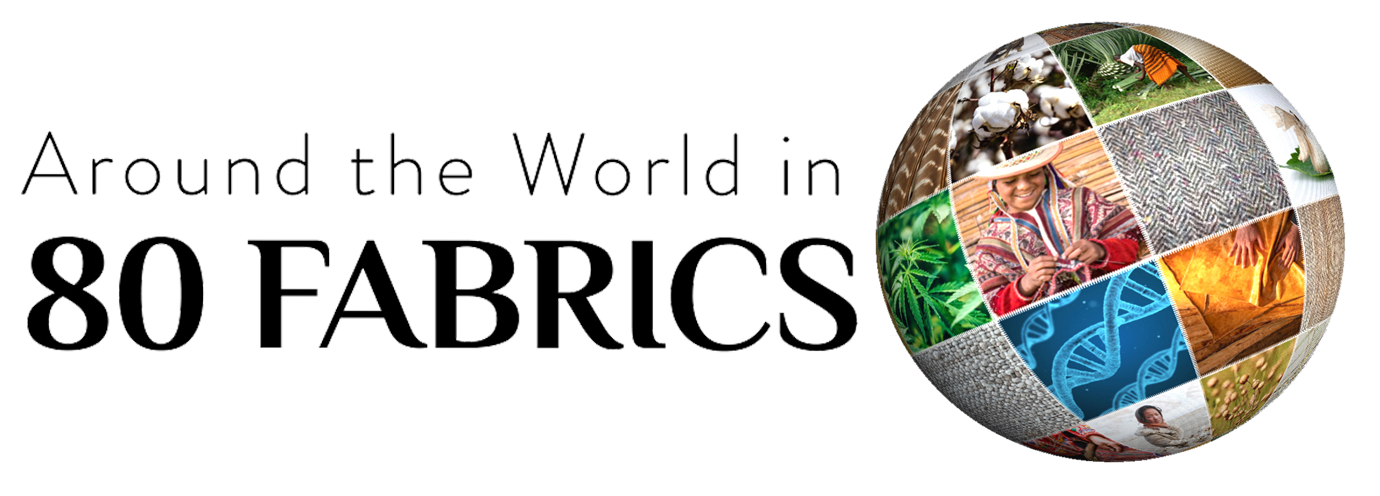
FABRIC: CERANCHIA WILD SILK
Region: Madagascar
Fabric Name:
Ceranchia Wild Silk
Origin:
Ceranchia apollina
Who made our fabric:
Tanana, SEPALIM (Organization of Wild Silk Producers), Maroantsetra, Madagascar
Natural history and ecology:
The Wild Silk-making process begins with farmers who plant and cultivate native plants that will host the silkworms. The farmers rear silkworms on these host plants, using special nets to keep the caterpillars in range. Once the silkworms spin their cocoons, the farmers collect them, gently remove the pupae, and shelter them in rearing huts until they emerge as moths.
What makes this so special:
This wild silk comes from the Ceranchia apollina moths who live in the largest remaining rainforests of Madagascar. Ta’na’na works with farmers and artisans to conserve their livelihoods, reduce loss of biodiversity and restore vital habitats. They are promoting new sericulture industries that are providing a win win solution for communities and forests alike. Once the silkworms spin their cocoons, the farmers collect them, gently remove the pupae, and shelter them in rearing huts until they emerge as moths. Artisans then use these naturally golden cocoons to create a shimmery silk textile.
Found in the Northeastern Coastal Rainforests of Madagascar…
At a microscopic level, Wild Silk is porous. Each fiber has empty channels that run along the length of the fiber, which make it lighter weight than the silk from the domesticated silkworm.
"It makes me happy to see Madagascar move forward and to see people from abroad taking an interest in our development. Things that had no use to us here before now have meaning. The work of SEPALI has blossomed in this community." - Trozona, Village Elder and honorary CPALI member since 2009
The Process

“I'm fascinated with the natural world and I have been grieving for over 20 years with the loss of native habitats and the extinction of the animals that I have worked with and loved.”
— Catherine Craig/Wild Silk Ceranchia
Catherine Craig
Catherine Craig is the founder and president of Conservation through Poverty Alleviation, International (CPALI), whose wild silk production techniques have evolved into what is known as Tanana Silk. Craig created her program after reviewing the efforts of conservation organizations and determining them to be ineffective because they failed to engage local populations in efforts to preserve species. With her background in farming, silks, insects and habitats, she took to Madagascar to put her wild silk farming plan into action. She researched extensively which silkworms were the most economically viable. By planting native trees in northeastern Madagascar, not only are the trees becoming host plants for endemic silkworms to create cocoons, which are later harvested, but she also is giving the farmers and artisans a way to earn a living wage. The collaborative process ensures the value and continued existence of the silkworks. The farmers can turn these cocoons into beautiful wild silk textile pieces that are sewn together by hand, and 100% of the profits go to the farmers and artisans.








